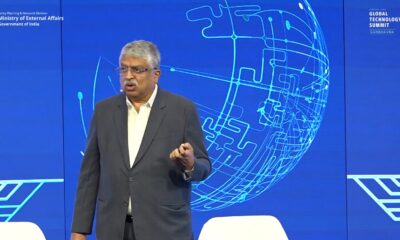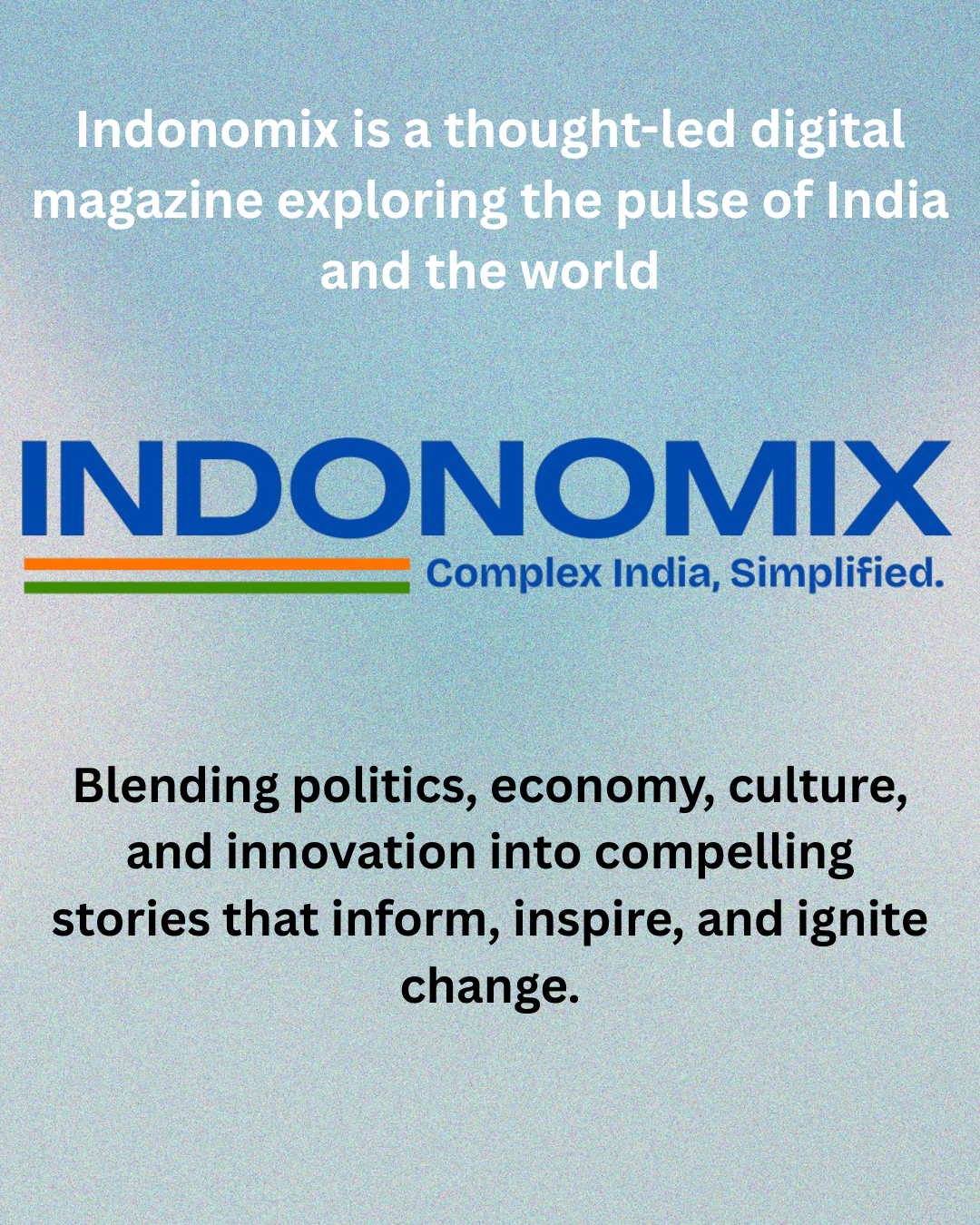India’s digital revolution brought everyone online. It forgot to tell them how to survive there.
In a small village on the edge of Jharkhand’s forests, 14-year-old Shubham Kumar pulls out a scuffed smartphone from his schoolbag. The phone is a hand-me-down from his uncle, the screen cracked at the corners, but the connection is fast — fast enough to stream YouTube videos under the thatched shade of his mud-walled home. He watches a video titled “Planets in Hindi” and repeats after the animated voice: “Budh, Shukra, Prithvi…”
He’s never been to a science lab. His school doesn’t have computers. But thanks to 2GB of data for Rupee 10 a day, he can name all eight planets and explain what gravity does to your body in space.
This is India in 2025 — a country where cheap data has unlocked access to the world. And yet, for millions like Shubham, that unlocked door leads into a maze with no signs. While internet access is now practically universal, the ability to use it wisely, safely, and meaningfully is not. Digital inclusion in India is wide — but dangerously shallow.
The promise and the trap
India’s mobile data is the cheapest in the world. Since Reliance Jio’s disruptive entry in 2016, the cost of internet has dropped by over 90%, sparking a digital revolution from bustling metros to the most remote tribal hamlets. Suddenly, farmers were watching weather forecasts. Artisans were selling on WhatsApp. Students were Googling Newton’s laws in Assamese.
But something vital was missing from the revolution: understanding.
Meena Devi, a vegetable vendor in Ranchi, recently became a victim of an online scam. She had clicked on a WhatsApp link offering a ₹10,000 “government bonus” and, without realizing the risk, entered her Aadhaar details. A week later, ₹3,800 disappeared from her Jan Dhan account. When she reported the incident at her bank, a staff member told her gently, “Aapko internet chalana toh aa gaya, par samajhna abhi baaki hai.”
(“You’ve learned how to use the internet — but not how to understand it.”)
Across India, stories like hers echo from slums to small towns: pensioners losing their savings to online fraud, women blackmailed over stolen selfies, teenagers manipulated by algorithm-fed conspiracy videos.
Digital freedom, it turns out, is not about getting online. It’s about what happens after.
Learning to swim in a flood
The government has been quick to celebrate rising numbers. As of this year, India boasts over 850 million internet users, more than half from rural areas. From online education to e-governance, nearly every aspect of life is migrating online. But the digital public infrastructure — once hailed as a triumph — now sits on a fragile foundation.
“There’s this assumption that access automatically leads to empowerment,” says Sangeeta Rawat, a digital literacy researcher in Delhi. “But what we’re seeing is access without agency.”
In low-income communities, smartphones are often shared among family members, limiting personal exploration. Girls are told to use them only for schoolwork. Many rural women don’t know how to change privacy settings or check who’s following them on Instagram. Young boys, on the other hand, are left to navigate the dark corners of the internet unsupervised.
“There’s no conversation about consent, data, safety, or critical thinking,” Sangeeta adds. “It’s like teaching people to drive by handing them the keys on a highway.”
When everything looks true
In districts across Uttar Pradesh and Bihar, internet literacy often means learning how to download a PDF or watch a YouTube lecture. But deeper skills — like spotting a deepfake, verifying a link, or questioning an influencer’s motivation — are rare.
In one village school in Odisha, a teacher played an English grammar video. None of the students understood the lesson, but they clapped when it ended. They had no way to assess its quality — it was on YouTube, so it must be right.
MIT’s J-PAL recently ran a study that found more than 60% of rural WhatsApp users couldn’t distinguish between a verified government health alert and a forwarded hoax. In places where the internet is the only media, misinformation spreads faster than education ever can.
Gendered, unequal, unseen
Digital illiteracy also carries a gendered weight. In patriarchal homes, women’s digital agency is limited not by technology, but by permission. In Rajasthan’s tribal belt, 17-year-old Anita had to fight her father just to use a smartphone for online classes. Her brother, meanwhile, plays PUBG for hours.
According to GSMA, the mobile gender gap in India still sits around 25%. Even among women with smartphones, most have no control over the apps installed, the accounts opened in their names, or the money received digitally. As welfare systems go digital — from rations to MGNREGA payments — this dependency becomes a liability.
Digital inclusion, without digital control, risks becoming just another form of digital dependence.
Building real literacy
So, what does digital literacy actually mean in a country like India?
It means teaching children to question the source of a YouTube video. It means helping elderly pensioners recognize phishing emails. It means making sure every woman knows how to delete a photo, lock her gallery, or use two-factor authentication.
It means slow, messy, grassroots work — the kind that’s harder than launching an app or selling a cheap phone. And it means accepting that data affordability doesn’t equal digital democracy.
Some organizations are trying. NGOs like Pratham and Digital Empowerment Foundation are holding workshops in remote villages. Meta has partnered with state governments to run media literacy campaigns. But these are drops in a vast ocean of new users coming online every day.
The next revolution isn’t speed. It’s sense.
India has leapfrogged into the digital age — but forgot to pack a manual. As 5G expands and AI tools like ChatGPT enter classrooms, the challenge isn’t just infrastructure anymore. It’s comprehension. It’s ethics. It’s power.
Without these, digital freedom remains a half-truth. We’re not just building a tech-savvy nation. We’re shaping how a billion people will think, learn, earn, and vote.
Back in Jharkhand, Shubham finishes his video. “One day I want to become a scientist,” he says. He asks if the video he watched is real. “It looks real,” he adds, “but I’m not sure.”
Then he swipes up and taps on another video. This one is about aliens building the pyramids.
By Indonomix Desk
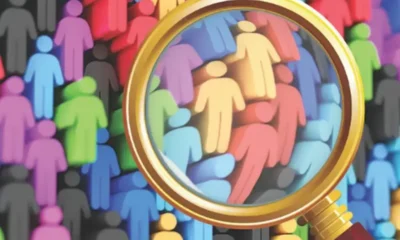
 Culture & Society2 months ago
Culture & Society2 months ago
 Culture & Society2 months ago
Culture & Society2 months ago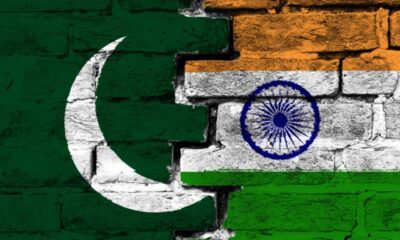
 Opinion2 months ago
Opinion2 months ago
 Tech1 month ago
Tech1 month ago
 Business2 months ago
Business2 months ago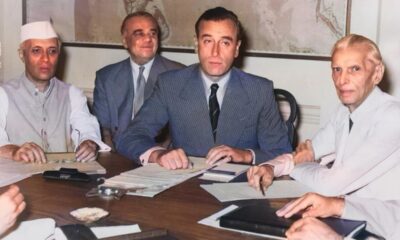
 Culture & Society2 months ago
Culture & Society2 months ago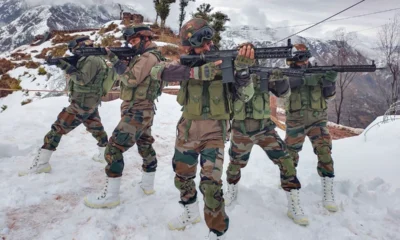
 Culture & Society2 months ago
Culture & Society2 months ago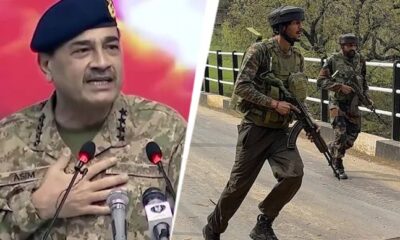
 iNational Indic2 months ago
iNational Indic2 months ago

